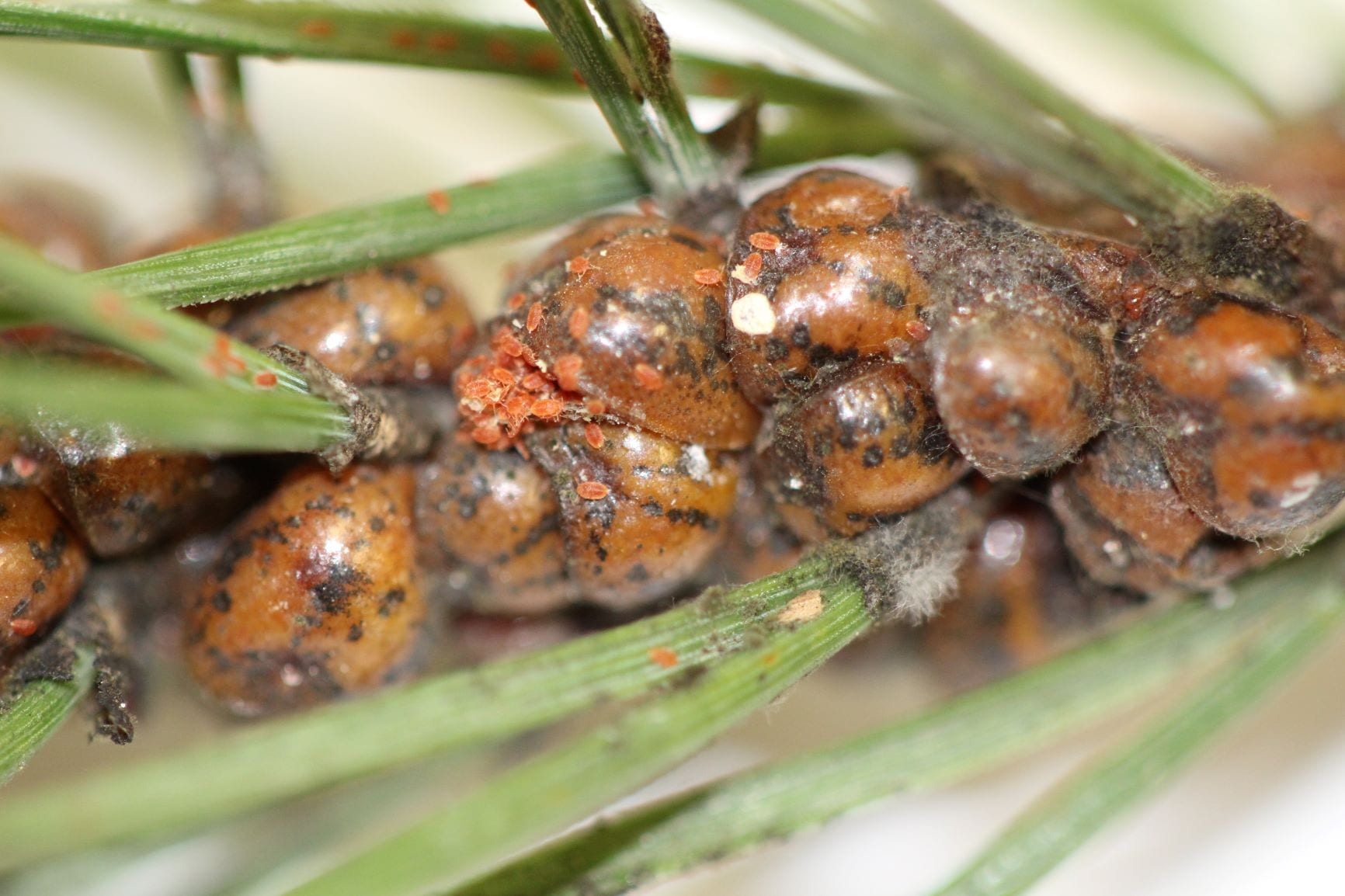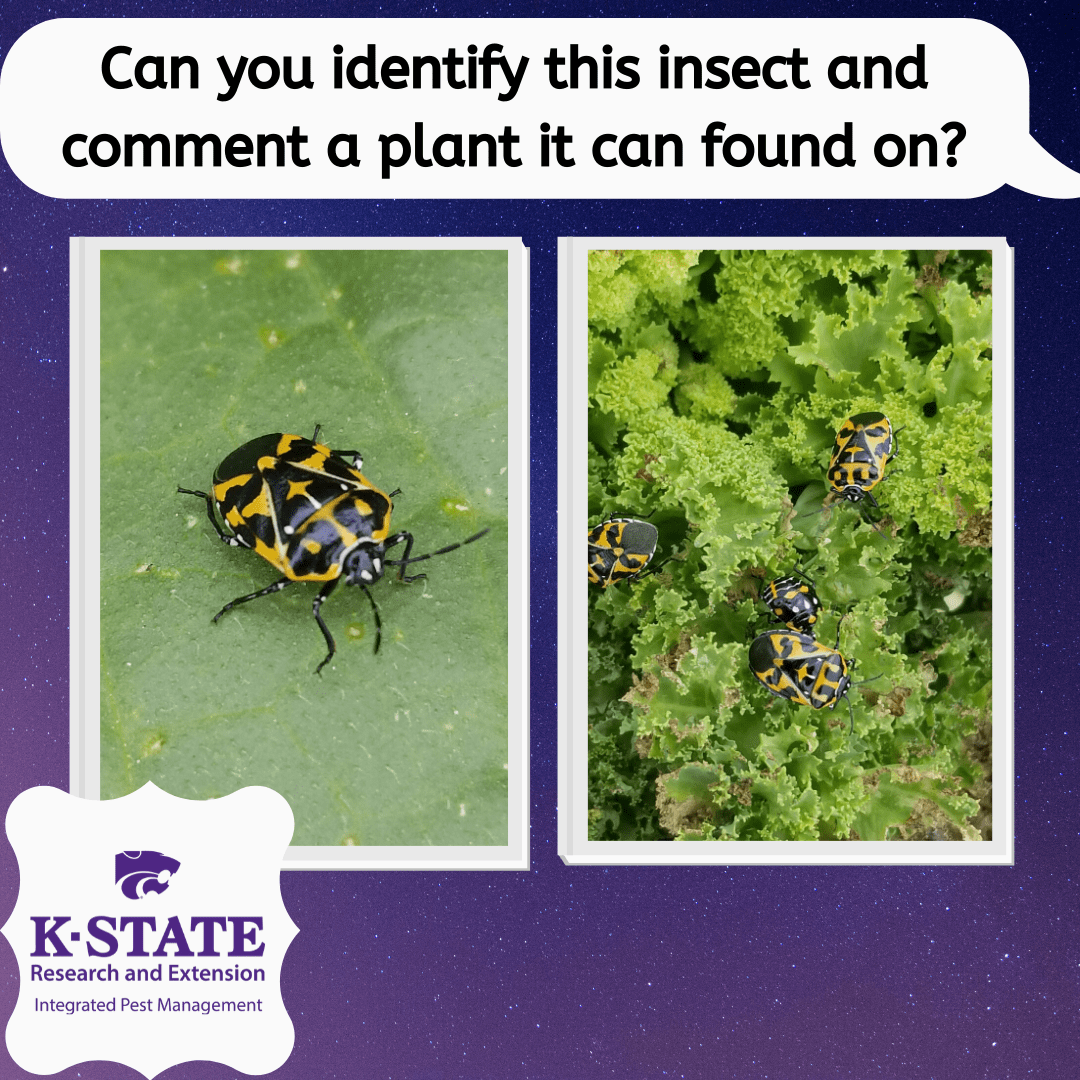–by Dr. Raymond Cloyd
The Nantucket pine tip moth, Rhyacionia frustrana, is an insect pest of Austrian and Scots pines in Christmas tree plantations, hedgerows, and landscapes. Nantucket pine tip moth is native to the eastern and southern portions of the USA. Adult moths are 1/4 inches (6.3 mm) long with the head and body covered with gray scales. The forewings are covered with brick-red to copper-colored patches that are separated by irregular bands of gray and white scales (Figure 1).

Fig 1. Nantucket Pine Tip Moth Adult (Author–BugGuide.Net)
Adult moths are active from early evening until dusk and can be found in the canopy of pine trees during the day. Adult females lay white to opaque eggs on shoots, needles, or buds (terminal growth) in spring. Young larvae (caterpillars) that hatch from eggs are 1/16 inches (1.6 mm) long, and cream-colored with a black head. Older or mature larvae are yellow to orange, and 3/8 inches (9.5 mm) in length.
First instar larvae create mines in needles resulting in necrotic spotting. Later, the larvae exit the needles and then tunnel into and feed within the inner tissues of shoots, and buds (Figure 2)
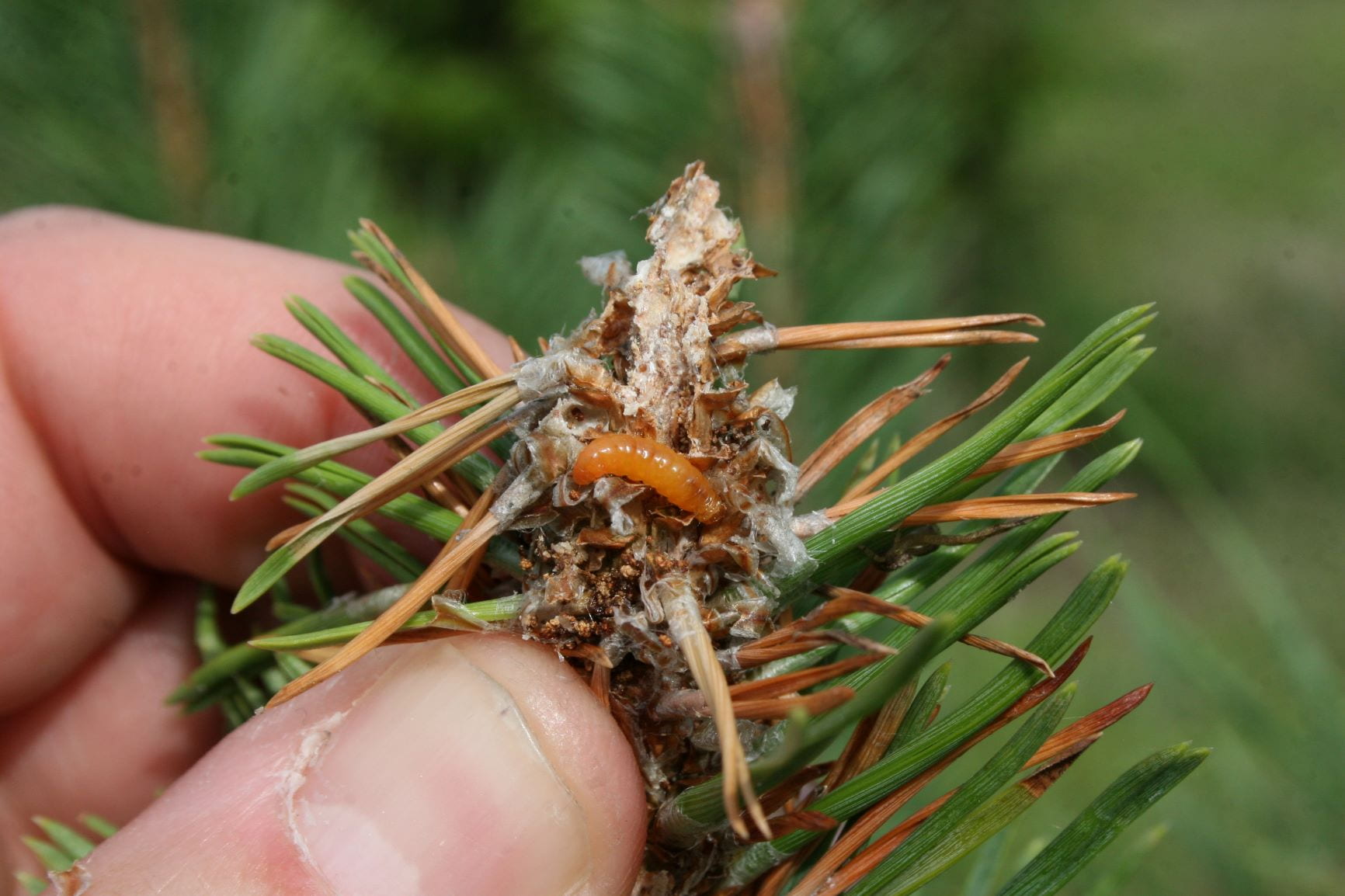
Fig 2. Nantucket Pine Tip Moth Larva (Auth–Raymond Cloyd, KSU)
resulting in branches or shoots turning brown and dying (Figure 3).
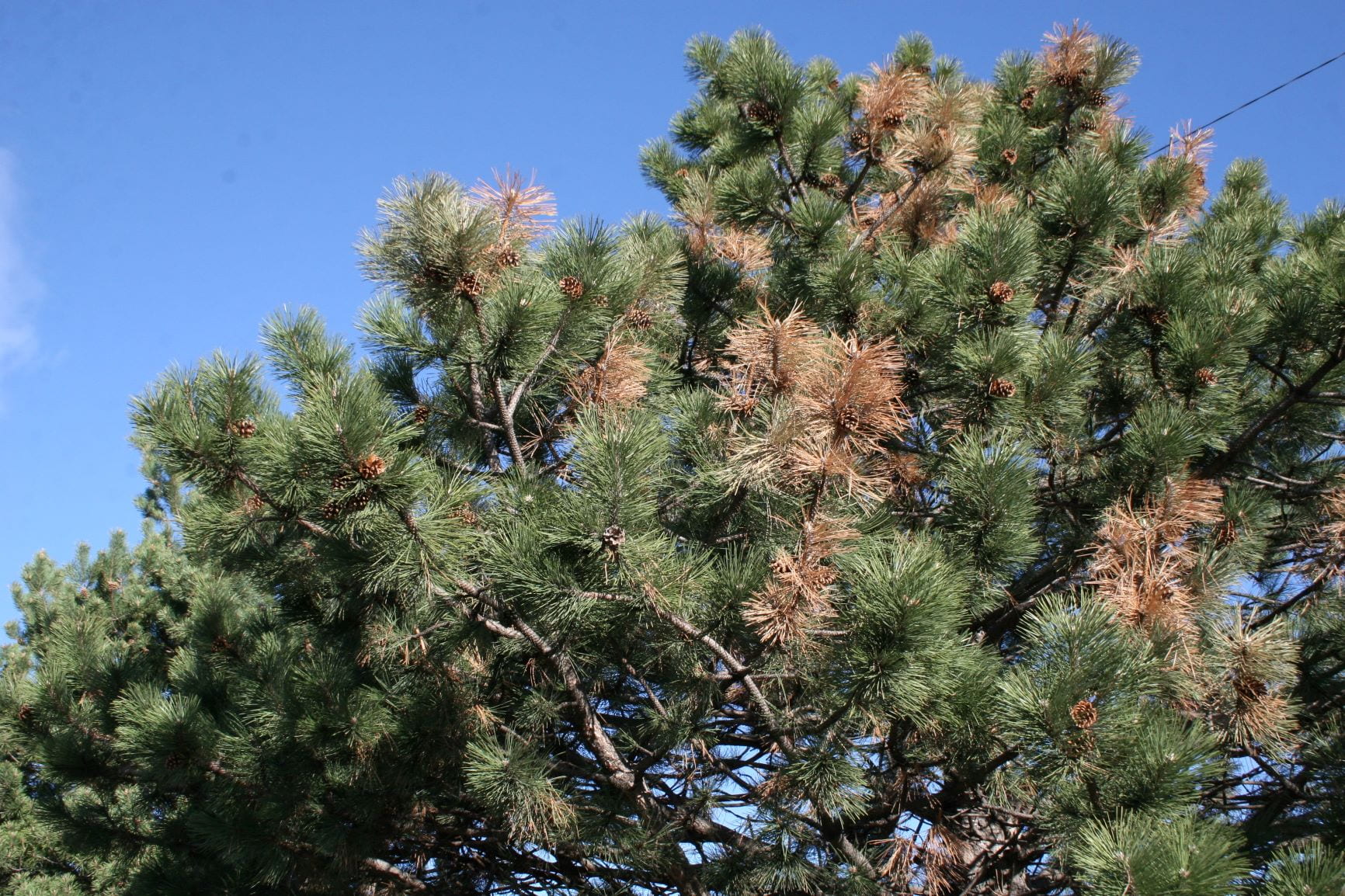
Fig 3. Brown Branch Tips and Shoots on Pine Tree (Auth–Raymond Cloyd, KSU)
Damage associated with Nantucket pine tip moth larvae results in deformed growth (stem crooking) (Figure 4)
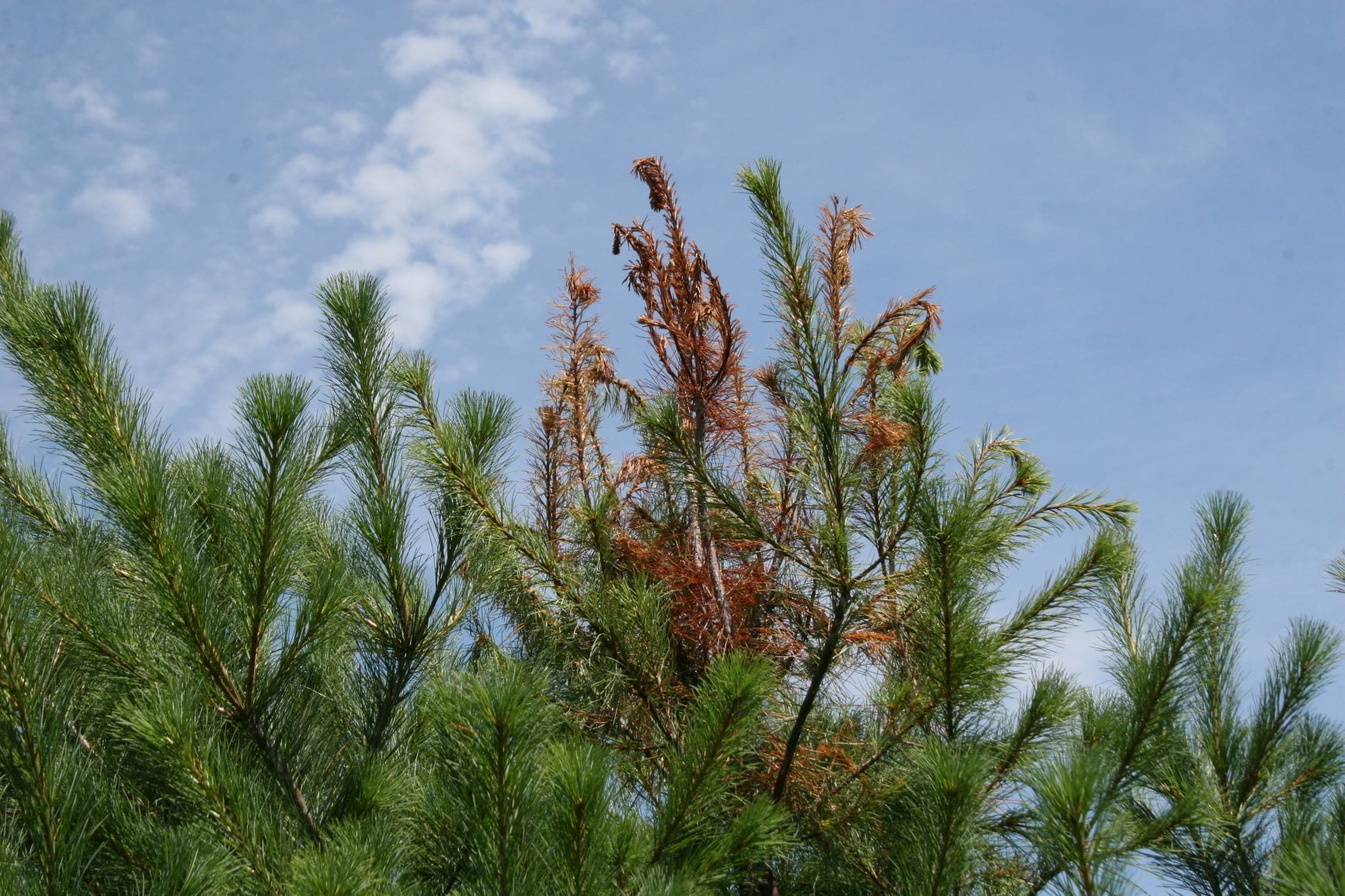
Fig 4. Deformed Growth or Stem Crooking On Pine Tree (Auth–Raymond Cloyd, KSU)
or a reduction in growth (bushy or stunted growth), which reduces the aesthetic quality and degrades the value of Christmas trees and pine trees in landscapes. Trees can be killed when exposed to repeated Nantucket pine tip moth larval infestations. An indication of a Nantucket pine tip moth infestation is the presence of silken tent-like webbing on shoot tips covered with masses of accumulated plant resin. In addition, fecal deposits may be present in the webbing on the outside of infested shoots. Larvae feed for up to four weeks before pupating. Nantucket pine tip moths overwinter as pupae that are dark-brown and 1/4 to 1/2 inches (6.3 to 12.7 mm) long. The pupae are located in cavities created by larvae within damaged shoots or terminals. Adults emerge (eclose) in about 10 days. There are three generations per year in Kansas.
Management of Nantucket pine tip moth involves implementing proper watering, fertilization, and mulching practices to keep pine trees healthy, which encourages the development of new growth. For minor infestations, you can hand prune infested shoots if branches are reachable. In addition, Christmas trees can be sheared to remove infested shoots.
It is important to monitor adult populations in April using pheromone traps containing a lure that attracts males. Pheromone traps should be placed among susceptible pine trees and inspected weekly. Seven to 10 days after males are captured in the pheromone traps (Figure 5),

Fig 5. Male Nantucket Pine Tip Moth in Pheromone Trap (Auth–Kevin Bauman)
insecticide applications should be initiated. The benefit of monitoring is that it helps time applications of insecticides. Applications of contact pyrethroid-based insecticides (e.g. permethrin or lambda-cyhalothrin) or spinosad must be made weekly for each generation until adult males are not captured in pheromone traps. Insecticide sprays should target young larvae that feed on the outside of shoots. This increases exposure to spray residues before the larvae enter shoots. Consequently, thorough coverage of all plant parts is important to ensure effectiveness of applications. Once larvae are located inside plant tissues, insecticide applications will not be effective because larvae will not be exposed to insecticide residues.


